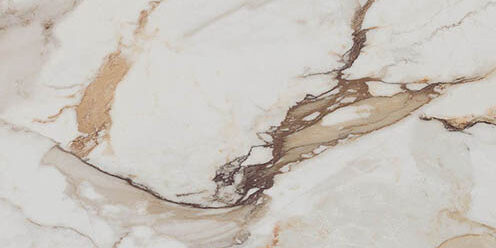Marble is a metamorphic rock formed by the action of high temperature and pressure on limestone. It is mainly composed of calcium carbonate (calcium) crystals and has a mainly white or light gray color, often mixed with stripes or spots of other colors, such as black, brown, pink, etc. During the formation of marble, the original limestone went through geological processes, such as metamorphism and crystallization, making its structure tighter and harder, and at the same time it has a high degree of compression resistance and durability that limestone does not have. In architecture and sculpture, marble is widely used for its elegant appearance, malleability and durability. It is not only used in sculptures, architectural decorations, floors and countertops, but also widely used in the production of tombstones. This article will explore the unique properties of marble and the many benefits of using marble for headstones.

Metamorphic rock
-
Five unique properties of marble:
1.1 Aesthetics: Marble is famous for its natural patterns and rich colors. Each piece of marble is unique, with unique grain and color variations, making it a very visually appealing material. Marble has a variety of colors and textures to choose from. Whether it is pure white, black, or mixed with gold or gray patterns, marble can present a noble and elegant effect.
1.2 Durability: Marble is a hard stone with good durability. With proper care, marble can withstand the test of time, retaining its beauty and integrity for a long time. This durability makes it ideal for headstones, providing a lasting reminder of the deceased.
1.3 Polishability: Marble is highly resistant to polishing, which can give it a delicate luster. In most cases, marble is not prone to staining, but it can also be sealed with a clear stone sealer to make it completely stain-free. Even if the marble surface becomes hazy or unclear, it only needs to be re-polished and the marble will still look new even after decades of use.
1.4 Plasticity: Marble has moderate hardness, making it both strong and easy to carve. This plasticity allows craftsmen to finely carve and polish them to create a variety of intricate designs and details, making the tombstone more artistic and personalized.
1.5 Weather resistance: Marble has good weather resistance and can resist the erosion of various natural environments, including rain, weathering and ultraviolet rays. This allows the marble tombstone to maintain its original beauty and structural stability in outdoor environments.

Beautiful marble pattern
-
Advantages of using marble to make tombstones
2.1 Noble and elegant appearance: The natural beauty and noble texture of marble make tombstones made of it appear solemn and elegant, and can well display the prestige and status of the deceased during his lifetime. Its unique texture and color also add artistic value to the tombstone.
2.2 Durable: The durability and weather resistance of marble ensure that the tombstone remains stable over a long period of time and under various climatic conditions, and will not be easily weathered or damaged. This means that marble tombstones perform well in different geographical environments without the need for frequent replacement or repair. Even after decades or even centuries, marble tombstones can still maintain clear carvings and beautiful appearance, providing clear commemorative messages for future generations.
2.3 Easy to maintain: Although marble requires certain regular maintenance, its cleaning and maintenance are relatively simple compared to other stones. Regular cleaning and coating protection can effectively extend its service life and maintain its beauty and luster.
2.4 Diverse design possibilities: Marble has good plasticity, allowing craftsmen to carefully carve out various complex designs, patterns and text according to the needs of customers and the cultural background of the family. Whether it is a simple modern style or a classical traditional style, marble can meet various aesthetic needs and make tombstones more personalized and artistic.
2.5 Continuing cultural heritage: As a building and sculpture material with a long history, marble itself carries a rich cultural heritage. Choosing marble to make tombstones is not only a respect and commemoration of the deceased, but also a continuation and expression of historical and cultural heritage.

The Taj Mahal is clad entirely in marble
Conclusion
In general, marble has become an ideal material for tombstone production due to its unique beauty, durability, plasticity and weather resistance. Tombstones made of marble are not only noble, elegant and durable, they are also easy to maintain and have diverse designs. Choosing a marble tombstone is not only a sign of respect and commemoration for the deceased, but also a long-term guarantee of the quality and beauty of the tombstone. Whether you are commemorating a loved one or preserving historical and cultural heritage, a marble tombstone is a wise and worthwhile investment.

